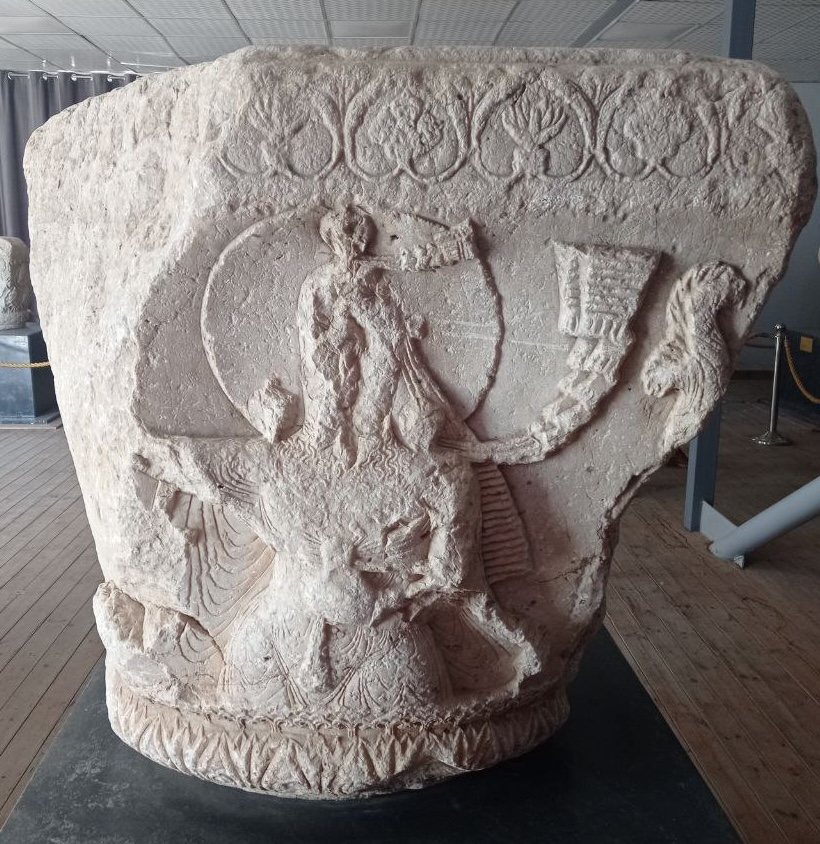Thread: About bio diversity, sustainability, and goats...Of course...
This is a stunning pic of the Dublin bay, with the Howth Head, the tip of the Howth peninsula in the foreground...
This is a stunning pic of the Dublin bay, with the Howth Head, the tip of the Howth peninsula in the foreground...

And it is these yellow ones, gorse (en.wikipedia.org/wiki/Ulex), which are causing serious problems... 

Now the only way to reduce the risk of wild gorse fires is to reduce the gorse covering. One way is to burn the gorse 🙂 A lot of farmers do that, and then cause wild fires which destroy forests, crops and houses...
Another way is to cut gorse...Now that is really hard work, as gorse is a tough plant with pile of thorns which regenerates very quickly from the root...You also need to transport the gorse you have cut from the hill sides and dispose of it...Not an option really...
So what's left? Goats of course...They love eating gorse and will munch on it day and night if they can... 

So a herd of goats - and a newly employed goat herder - are being deployed in Howht this morning, in a groundbreaking conservation grazing project... 

Twenty-five Old Irish Goats have been relocated from the hills of Mulranny in Co Mayo, to Howth Head, where they will be used to reduce gorse cover in an area that has been plagued by wildfires...
Melissa Jeuken, who has previously tended goats on her family's farm in the Burren, Co Clare, beat more than 100 applicants 🙂 for the job of managing the herd...
"The goats are good at scrub control. They love gorse and will graze on it day in, day out, if they can. So it's a natural way of dealing with the problem."
How cool is this? More about the project:
rte.ie/news/2021/0908…
How cool is this? More about the project:
rte.ie/news/2021/0908…
• • •
Missing some Tweet in this thread? You can try to
force a refresh

























